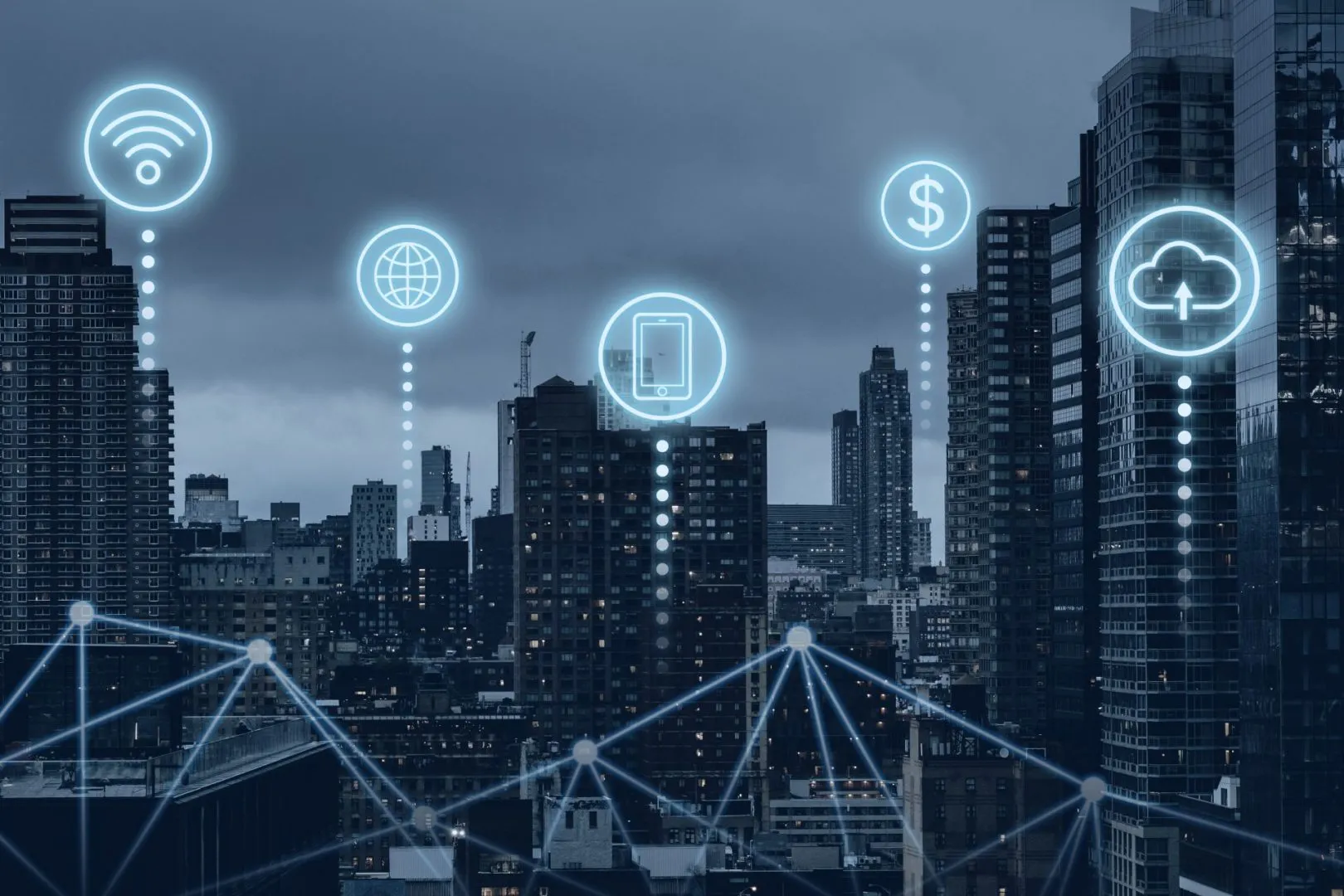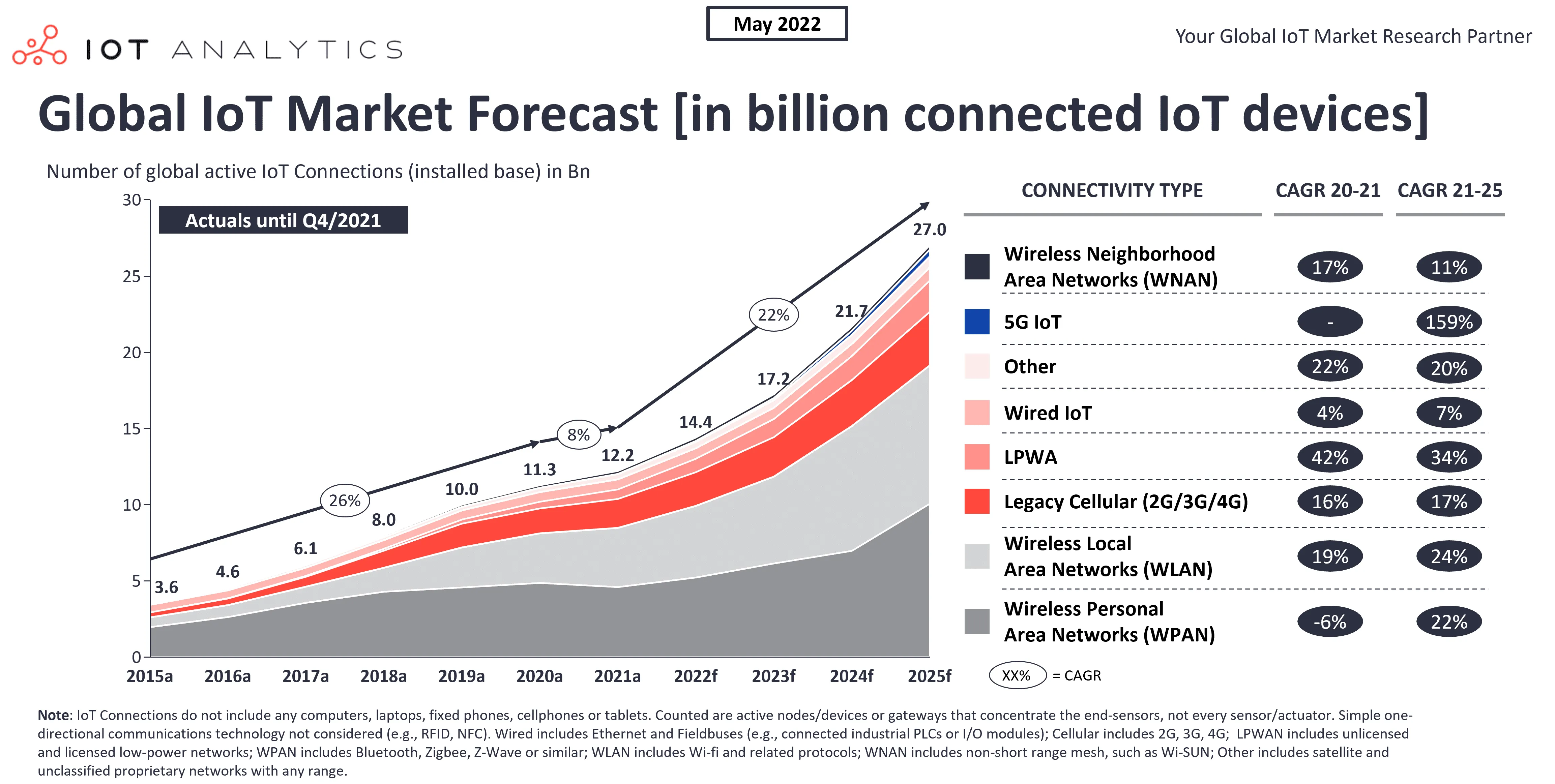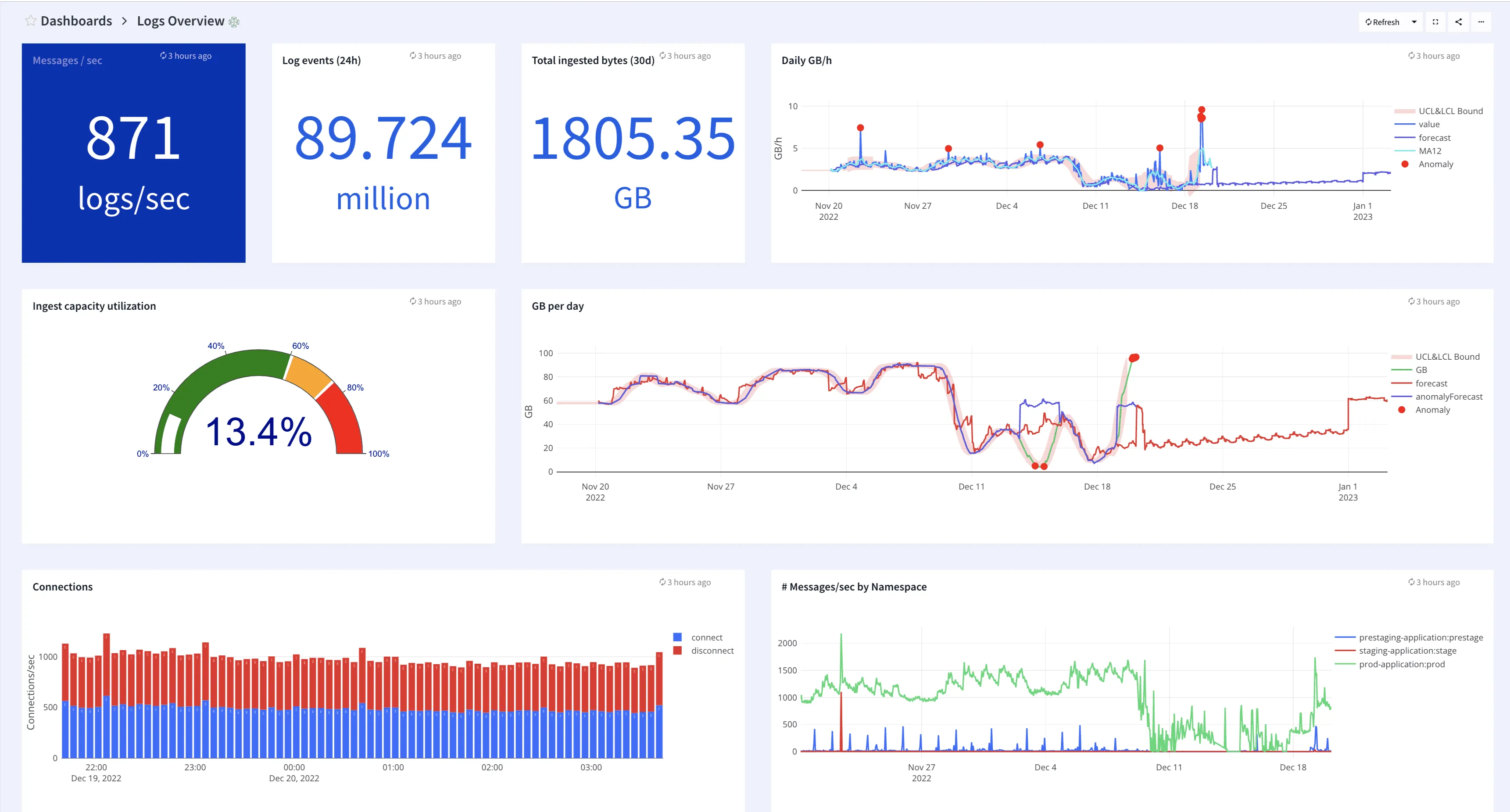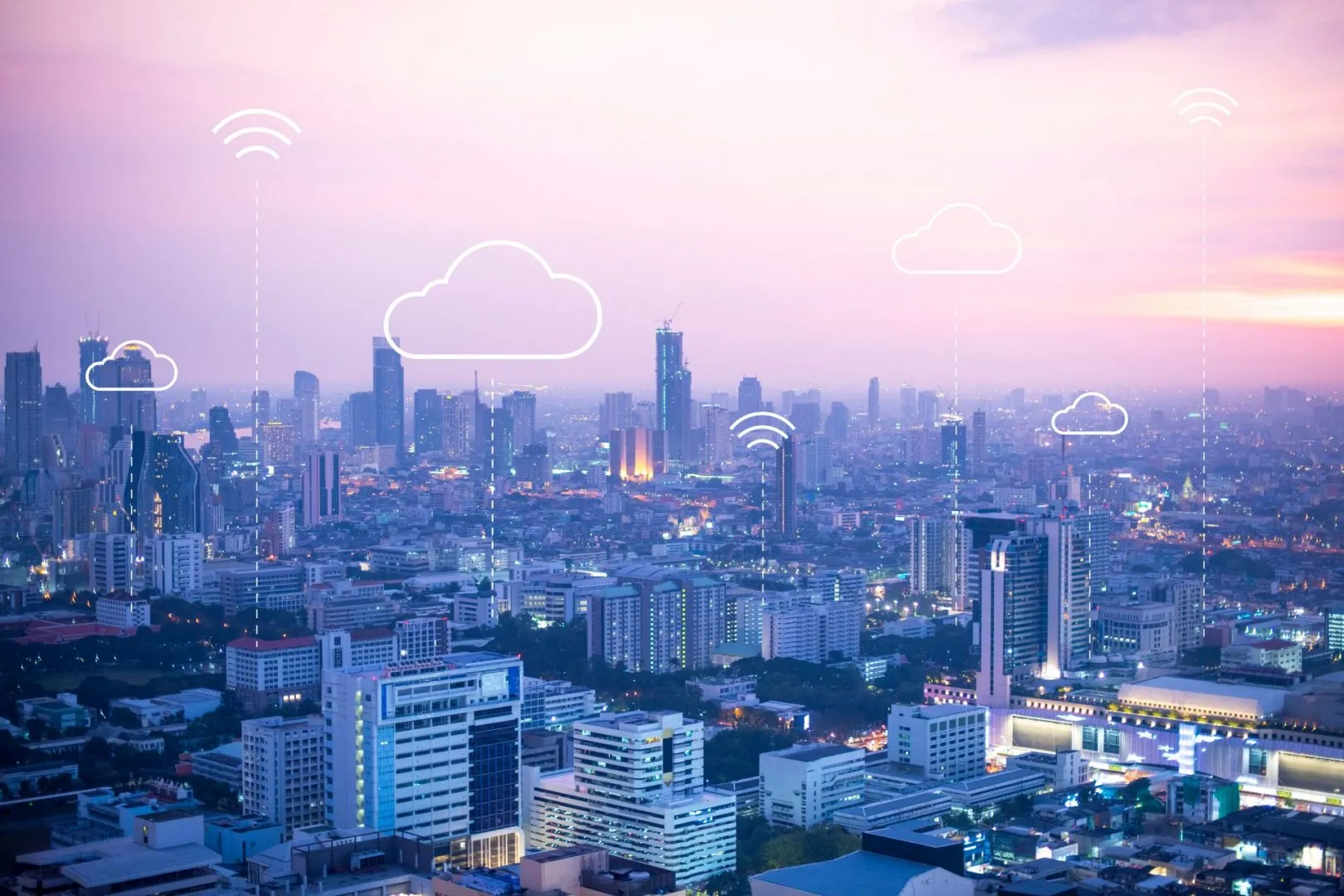
IoT or the “Internet of Things” is one of the most popular technical terms that you’ll hear in business. Now, with the unprecedented growth of cloud technology and the advent of fast networks like 5G in recent years, it has become a household term.
Collecting and analyzing data enables businesses to manage their IoT applications and assets while offering insights into component functionalities. Monitoring these linked devices enables efficient troubleshooting and keeps teams aware of any performance gaps that have an impact on the business.
The whole IoT spectrum is quite wide. From integrations like electric vehicles to security surveillance systems, the domain of IoT spreads across multiple industries. It encompasses everything from supply-chain monitoring systems, inventory management programs, and data security systems used by retail stores, IoT medical devices, and manufacturing firms.
According to IoT Analytics, As demand restrictions ease and growth continues to accelerate, the number of interconnected IoT devices is expected to reach about 27 billion by 2025.

The need for IoT Observability
IoT devices evidently produce massive amounts of data. As they become more connected, the systems that manage them create voluminous information that might be difficult to collect and analyze. This data contains important insights about IoT equipment and apps and their performance and usage.
It is common knowledge that observability utilizes performance data to get insights into the system which helps in root-cause analysis and to pinpoint anomalies. This is where IOT observability comes in. It is the ability to monitor and understand the behavior of IoT systems and devices in real-time.
It is an essential aspect of IoT development and deployment, as it allows organizations to detect and diagnose issues, optimize performance, and improve the overall functionality of their IoT systems.
Your organization can use IoT observability to understand the status of the IoT infrastructure and utilize the tools to manage and troubleshoot IoT devices. Organizations may gain insights into the overall health and functioning of all elements within an ecosystem by continuously monitoring device health, as well as data collection and analysis that is relevant to performance.
How to implement IoT Observability
IoT observability is achieved through the use of various tools and techniques, including monitoring, logging, and tracing. These allow developers and system administrators to collect data from IoT devices and systems, analyze it, and identify potential issues or areas for improvement.
To begin, you’ll require an IoT observability solution. Although they are frequently exclusively accessible for the products of the producer, several manufacturers offer free monitoring tools. A central mechanism that can provide you with a thorough insight into your complete IoT ecosystem in one interface is what you’ll need to cover potential pitfalls.
Look out for the following characteristics in an IoT observability system:
- a scanning option to discover all Internet of Things devices on a network
- tracking of device status
- security of connections
- Alerting
- Monitoring devices remotely for centralized management
- an intuitive interface
- Security of IoT devices
Benefits of IoT Observability
One of the key benefits of IoT observability is the ability to detect and diagnose problems in real time. This helps to ensure the reliability and availability of IoT systems, which is critical for many businesses that rely on IoT technology. The additional benefits include:
- Get quick and active debugging of your IoT apps as you can get access to detailed infrastructure insights via IoT observability.
- You can enhance your IoT system’s performance by spotting significant issues early and resolving them before they escalate into bigger issues.
- Learn everything you can about how the distributed system that supports your IoT application functions by continuously monitoring the performance of IoT devices and systems.
IoT observability also helps organizations to optimize the performance of their systems. By analyzing data collected from IoT devices and systems, organizations can identify patterns and trends that can be used to improve efficiency and reduce costs. For example, an organization might use IoT observability to identify patterns in energy usage and optimize its energy management systems to reduce energy consumption.
In addition to monitoring and diagnosing problems, IoT observability also plays a role in security. By continuously monitoring the behavior of IoT devices and systems, organizations can detect and prevent security breaches and protect against cyber threats.
IoT Observability with Apica
apica.io allow your business to get a single pane of glass perspective on your data for fast actionable monitoring and analysis, thus allowing for improved performance, reduced downtime, and detection of security breaches.
Apica’s IoT observability offers the following features:
-
Voluminous Data Handling
As IoT systems continue to generate voluminous machine data, handling data from IoT systems and environments quickly becomes a chore. But it’s filled with critical data as well as key insights that must be dug up.
Not to mention that data from smart sensors, meters, and control systems can provide a significant competitive edge when handled correctly.
With apica.io’s unique infinite-scale architecture, your operations and tech teams may manage data of any size or volume with ease.
-
End-to-End Observability
Get Real-time visibility and insights for IIoT (Industrial Internet of Things) with Apica.
It gets much easier to scan and isolate the issues as all the imperative application data and architecture is under one roof.

Additionally, you can now automate quality-control processes based on comprehensive data at every stage of the industrial process and obtain real-time compliance reports to meet laws and protocols.
-
IoT and IIoT Security
In the scenario of a security threat, you can now rest assured with Apica. In other words, with the intelligent baselining features of Apica, your organization will be incident-ready. It essentially enables the detection of abnormalities and automatic incident responses.
Moreover, your teams may link operational views with business views and KPIs by simultaneously examining all IoT infrastructure from various industrial units, machines, and data sources from a unified IoT architecture perspective.
-
Boost availability, lower failure rates, and remove vulnerabilities
The secret to industrial flexibility is data agility. Organizations may sustain high-functioning systems and resource productivity levels by having fast access to data on issues, anomalies, pattern analysis driven by AI/ML, and insights. At Apica, we are highly aware of that.
Industrial organizations may employ automation to cut down on delays and boost output through immediate insight into the cause of issues and abnormalities. As a result, teams can take use of automation wherever possible thanks to its many integrations, highly configurable alerts, and flexible rule sets.
In conclusion, IoT observability is an essential aspect of IoT development and deployment. It allows organizations to detect and diagnose issues, optimize performance, and improve the overall functionality of their IoT systems. By using tools and technologies such as monitoring platforms, log management systems, and tracing tools, organizations can achieve the level of visibility they need to manage their IoT systems effectively.
In a Glimpse:
- IoT or the “Internet of Things” is a popular technical term that refers to the interconnectedness of devices and systems.
- IoT observability is the ability to monitor and understand the behavior of IoT systems and devices in real-time.
- Collecting and analyzing data from IoT devices enables organizations to manage their applications and assets while gaining insight into component functionality.
- The need for IoT monitoring stems from the fact that this large number of networked devices generates large amounts of data that are difficult to collect and analyze without proper tools.
- IoT observability at Apica comes with voluminous data handling, End-to-End observability, IoT and IIoT security, and lower failure rates.











